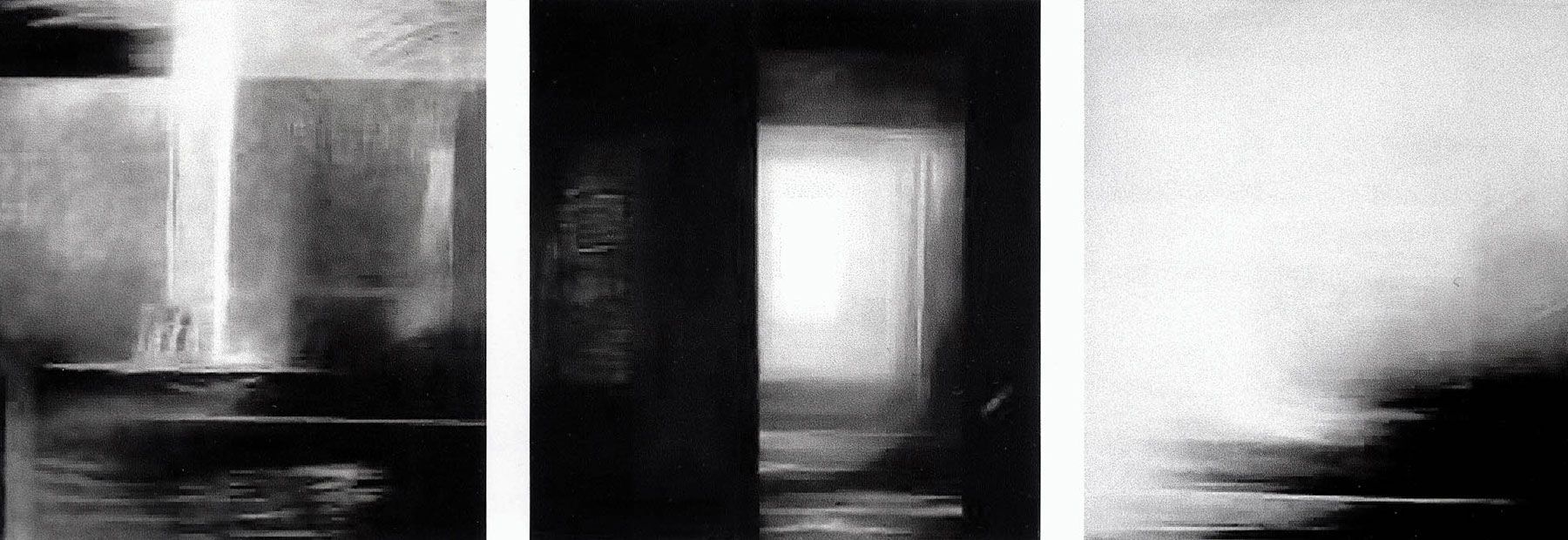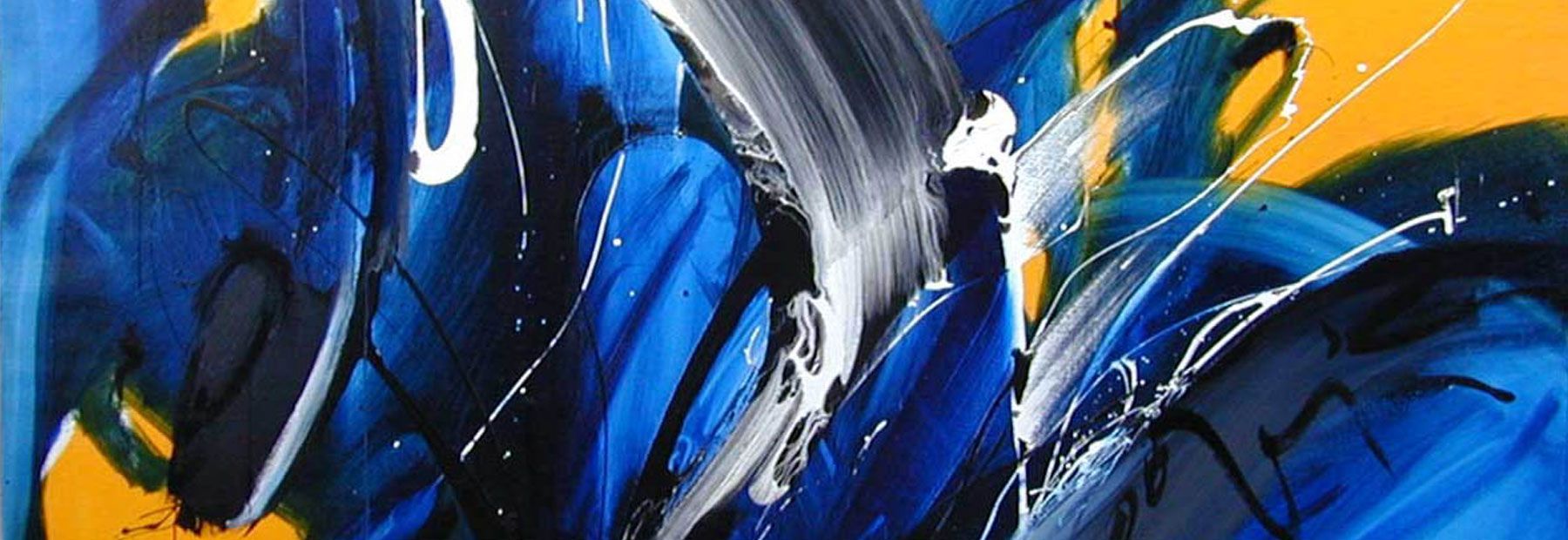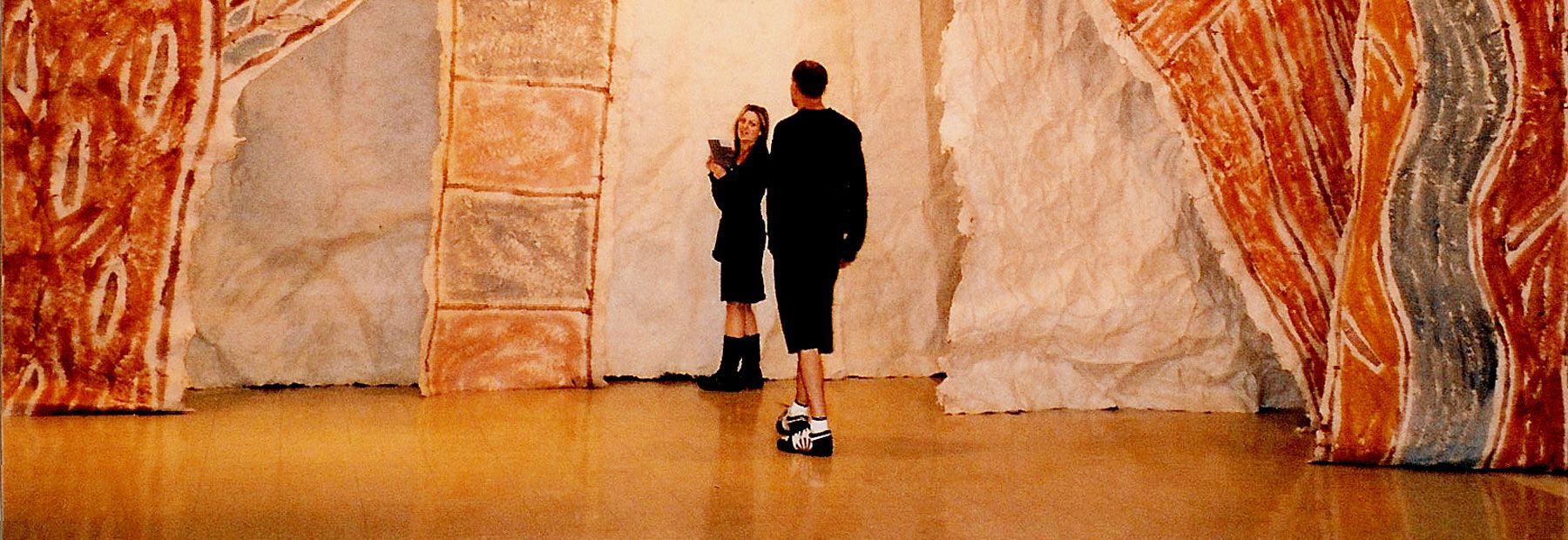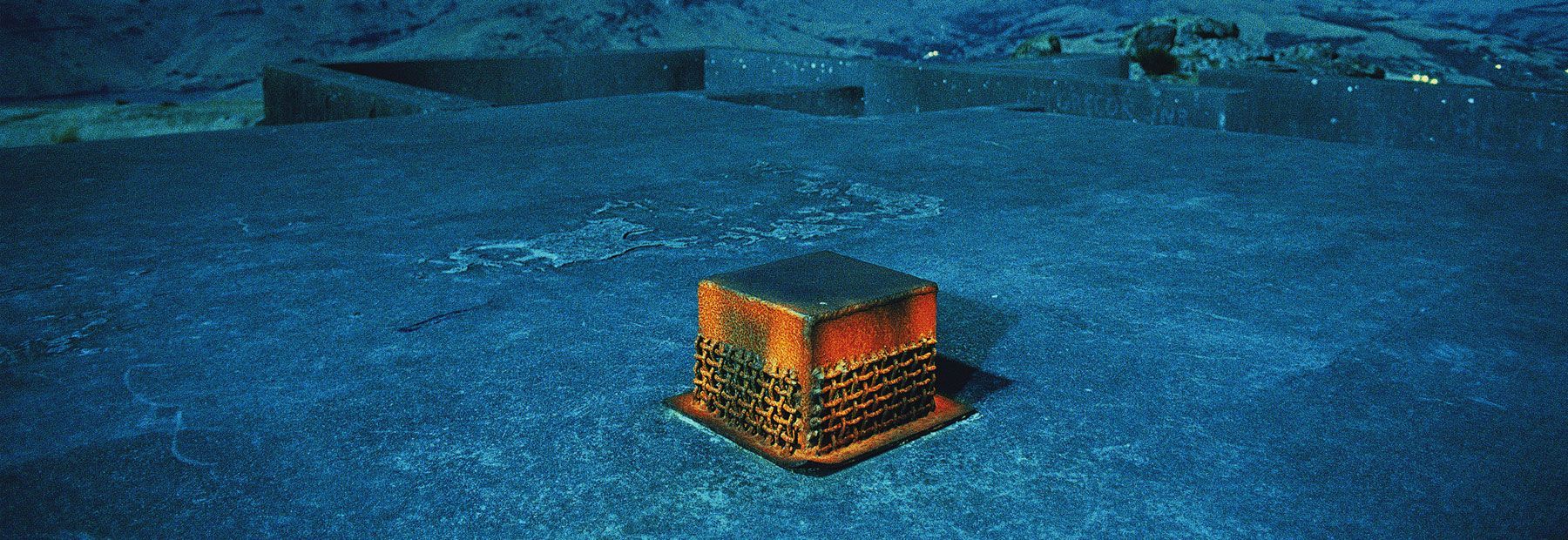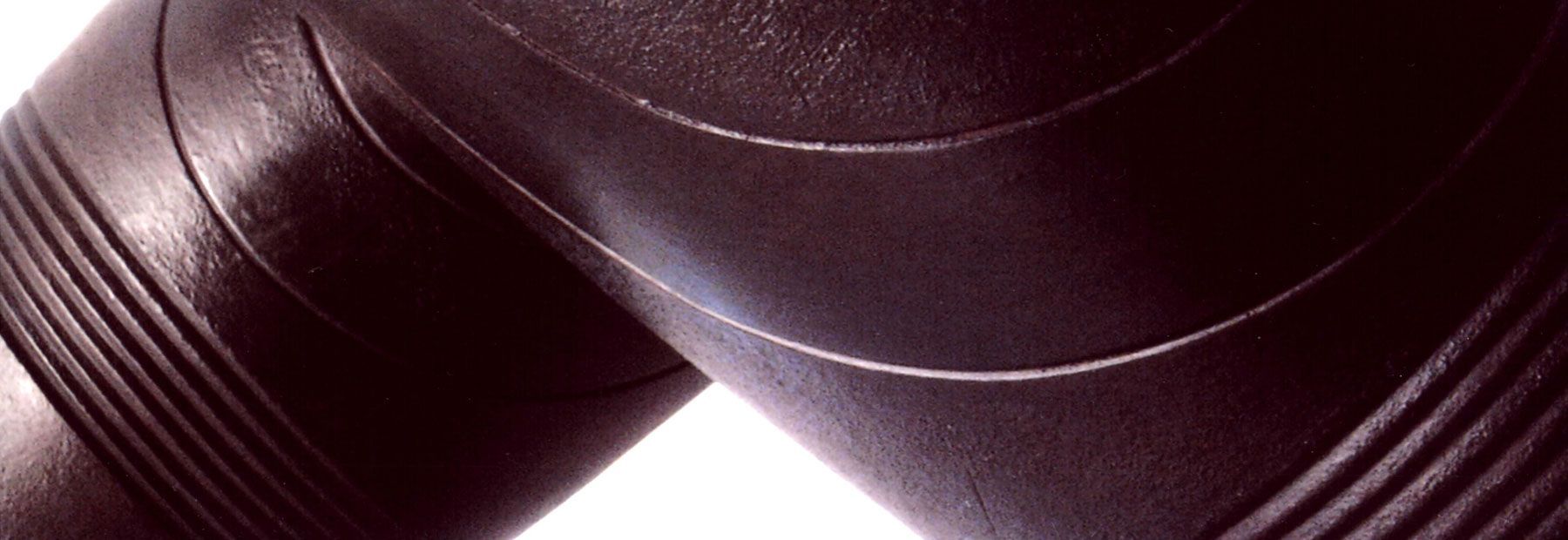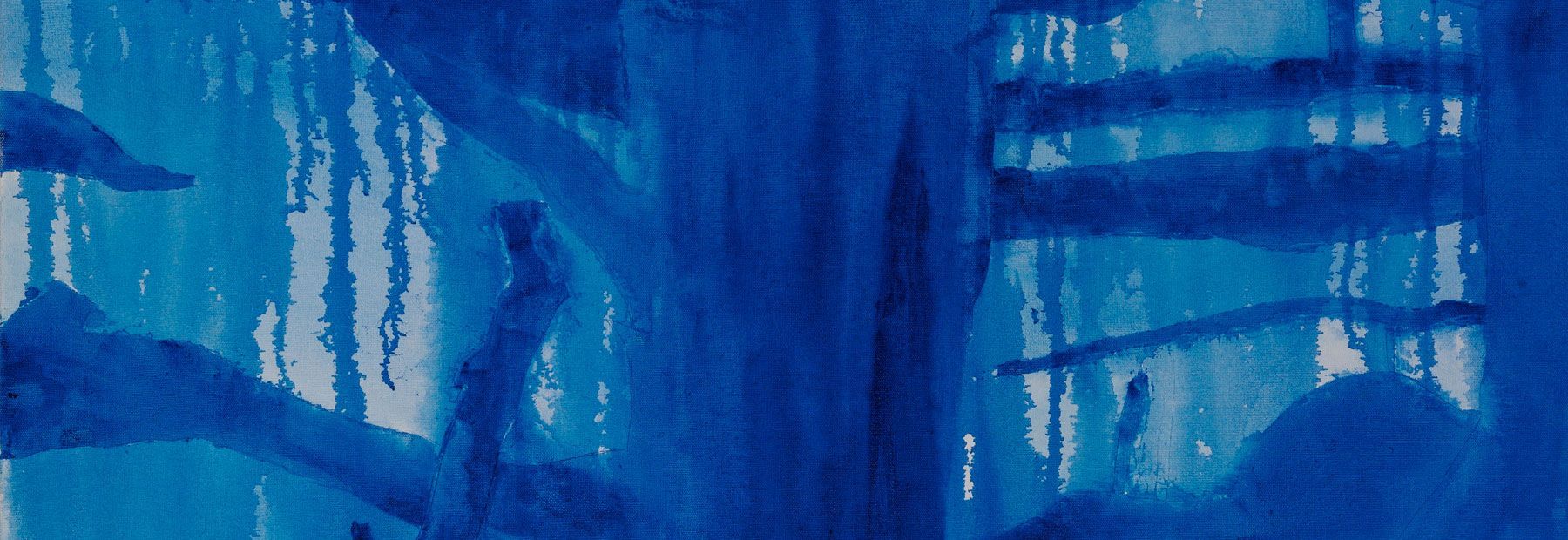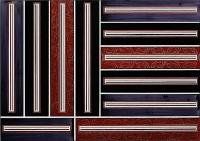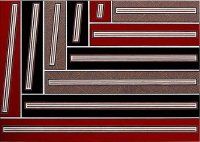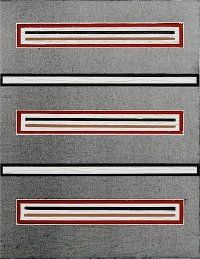Abstraction - Darryn George Keeps Good Company
A Review of Darryn George's latest exhibition.
The Gallery at Woollaston, Nelson
1 June - 9 July 2009
Walking up the concrete stairs to the entrance of The Gallery at Woollaston, Darryn George’s ‘Kete #5’ boldly welcomes you into the warm interior. Immediately the play begins, as your eye is caught and made to dance from one painting to the next in composed control.
As the title of the exhibition infers, George pays homage to major international abstract artists. Works by Agnes Martin, Ellsworth Kelly, John McLaughlin and Rosalie Gascoigne, all notable for their contribution to Abstraction, hang side by side with his own and firmly establish his allegiances and scope.
The exhibition becomes a meeting point between international abstraction and local New Zealand abstraction, yet this is just one connection that is made here. George’s work itself is a meeting point where conceptual, symbolic and spiritual threads co-exist. George’s paintings contrast geometric abstraction with Maori symbolism and Christian belief; he builds multiple layers of meaning by borrowing from these traditional modes and, through their combination, infuses them with currency.
The two largest works of the exhibition ‘Kete #4’ and ‘Kete #5’ implicate a bookshelf from George’s living room as a motif. Their formal arrangements explore the spatial ambiguity of flat and receding space, vertical, horizontal and diagonal visual rhythms and tight grid-like structures. The bookshelf is used as a formal device to structure and explore the space and format of a two-dimensional plane. Here also kowhaiwhai patterns emerge, bringing their weight to bear on both the formalised structure of the composition and the objects of knowledge.
This is a very successful show on many levels, and it is exciting to see George reinvesting abstraction with contemporary relevance.
Reviewed and written by David James.


